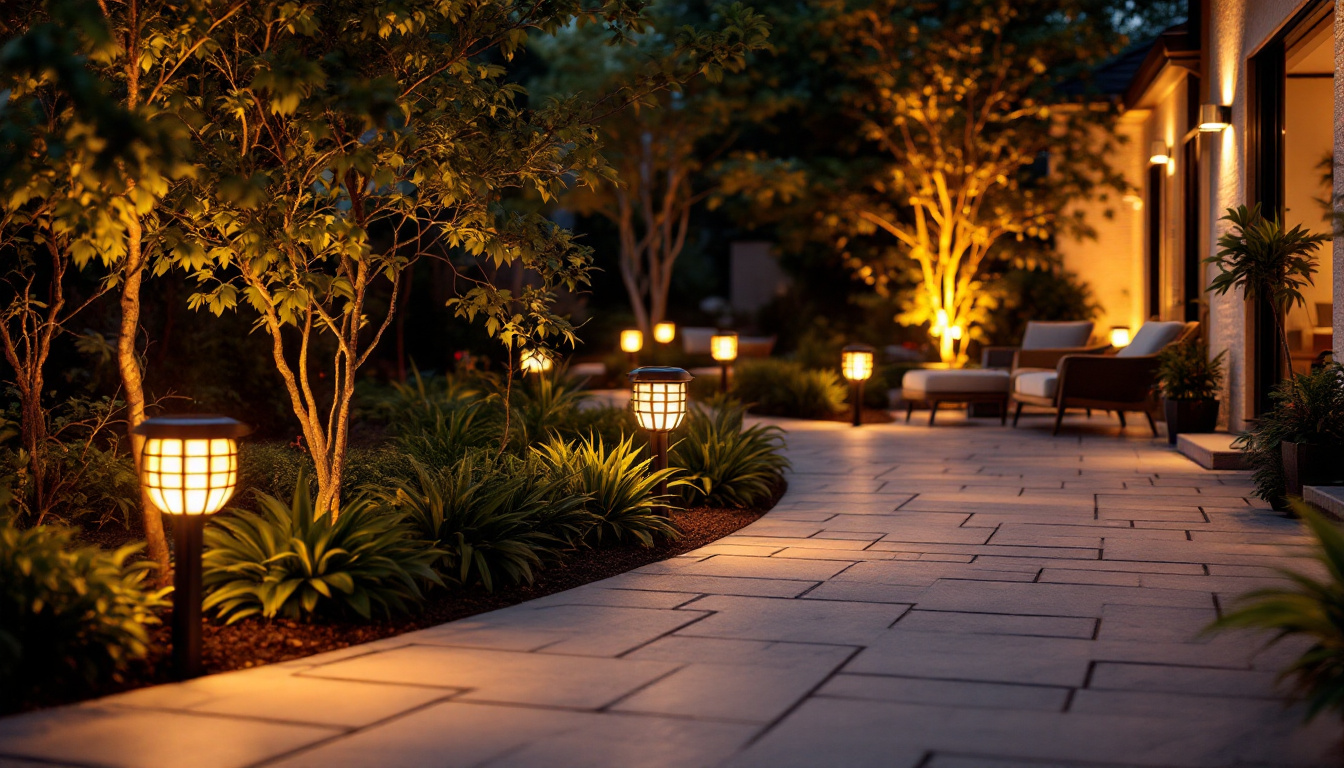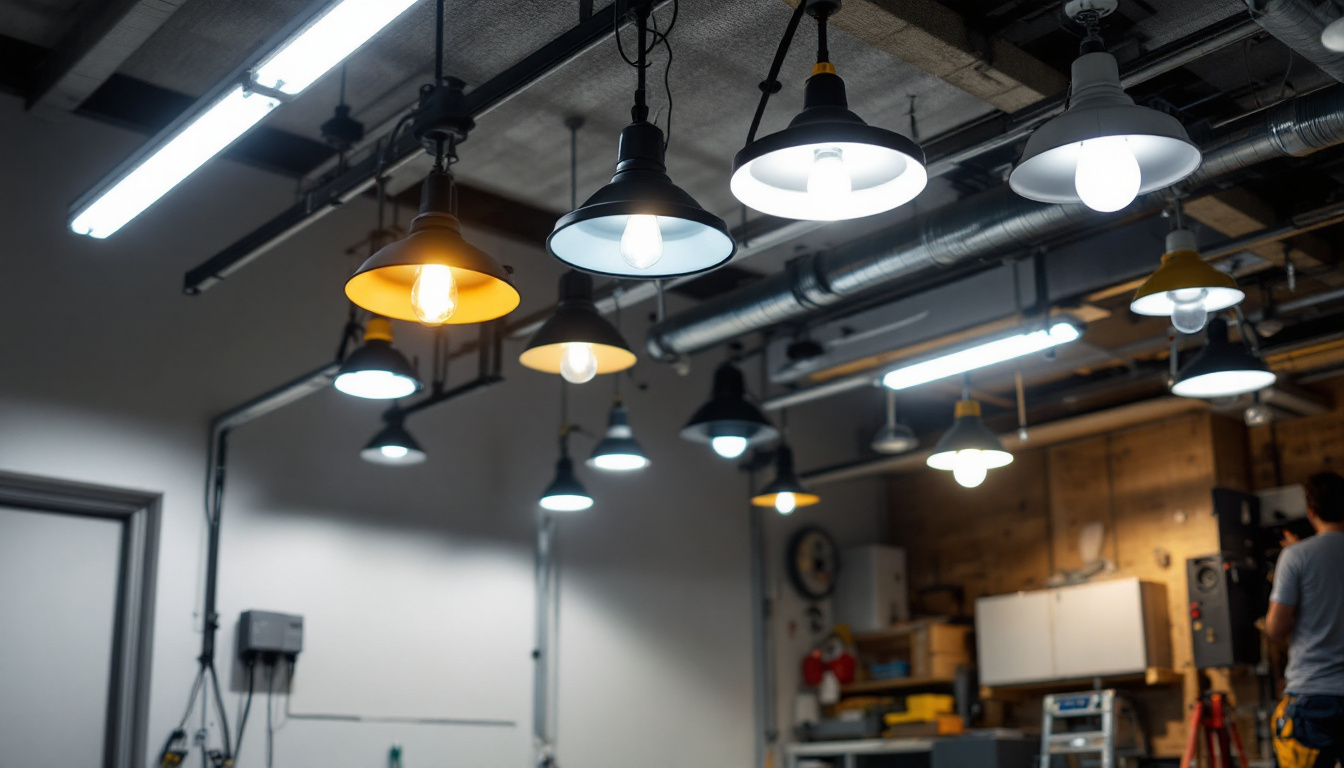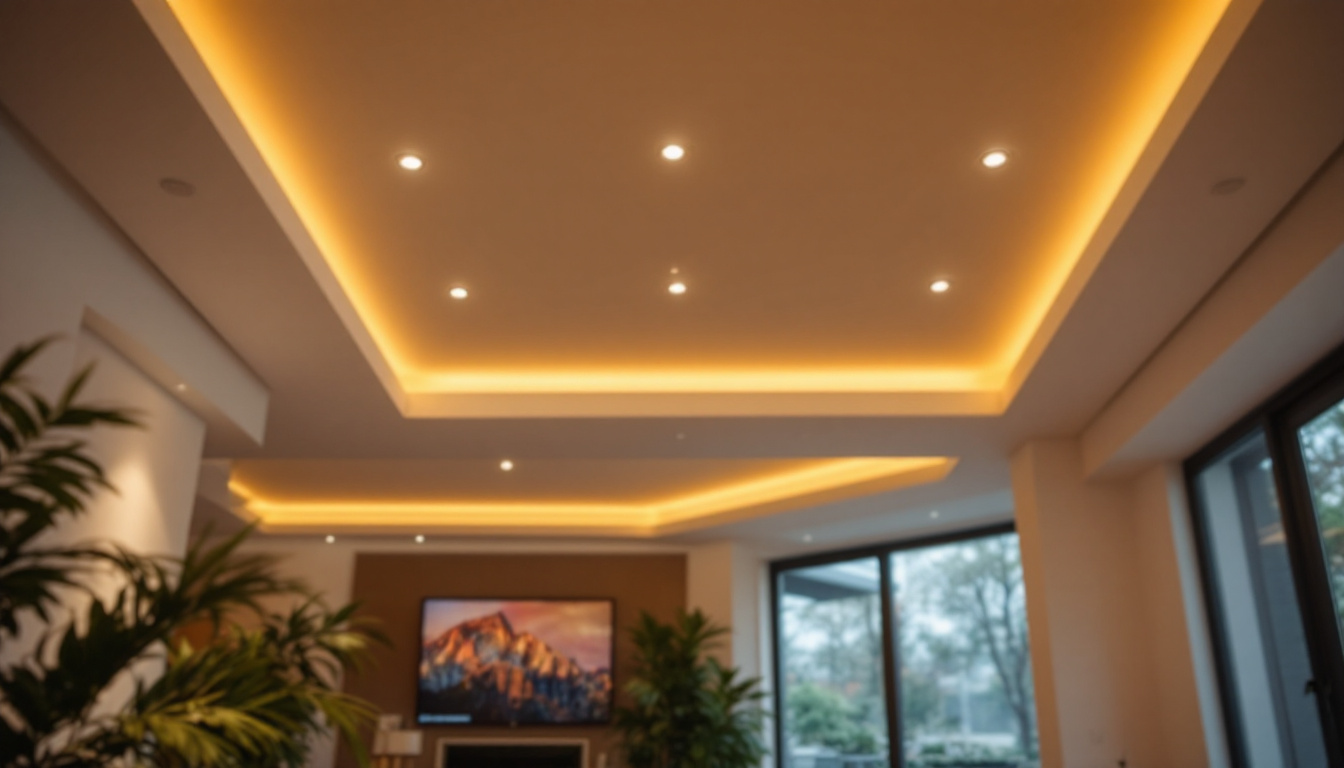
In recent years, the demand for solar patio lights has surged, reflecting a growing interest in sustainable and energy-efficient lighting solutions. For lighting contractors, understanding the intricacies of solar technology and effective installation strategies is crucial to meet client needs and maximize project success. This article explores the top strategies that lighting contractors can employ when working with solar patio lights.
Before diving into installation strategies, it’s essential for lighting contractors to have a solid grasp of the technology behind solar lights. This knowledge not only enhances the contractor’s credibility but also enables them to provide informed recommendations to clients. A thorough understanding of solar technology can also help contractors anticipate potential challenges and troubleshoot issues more effectively, ensuring a smoother installation process and greater customer satisfaction.
Solar patio lights typically consist of several key components: solar panels, batteries, LED bulbs, and controllers. The solar panels capture sunlight during the day, converting it into electricity that charges the batteries. At night, the stored energy powers the LED bulbs, illuminating the outdoor space.
Understanding the specifications of these components is vital. For instance, the efficiency of the solar panel can significantly impact the performance of the lights, especially in areas with less sunlight. Similarly, the capacity of the battery determines how long the lights will operate after sunset. Furthermore, the quality of the LED bulbs plays a crucial role in the overall brightness and longevity of the lights, with higher-quality bulbs offering better performance and energy efficiency. Familiarity with these specifications allows contractors to tailor their recommendations to meet the unique needs of each project.
There are various types of solar patio lights available, including string lights, lanterns, spotlights, and wall-mounted fixtures. Each type serves different aesthetic and functional purposes. For example, string lights can create a cozy ambiance, while spotlights are ideal for highlighting specific features in a garden or patio.
Lighting contractors should familiarize themselves with the advantages and limitations of each type. This knowledge will enable them to recommend the best solutions based on the client’s preferences and the specific characteristics of the installation site. Additionally, understanding the varying brightness levels and color temperatures of different solar lights can help contractors create a harmonious lighting scheme that enhances the outdoor space while also being energy-efficient. By considering factors such as the layout of the area, existing landscaping, and the intended use of the space, contractors can provide tailored solutions that elevate the overall aesthetic and functionality of the outdoor environment.
A thorough site assessment is a critical step in the planning process for solar patio lights. This assessment helps contractors identify the best locations for installation, ensuring optimal performance and aesthetic appeal.
The effectiveness of solar lights largely depends on their exposure to sunlight. Contractors should evaluate the site for potential obstructions such as trees, buildings, or fences that may cast shadows on the solar panels. Ideally, solar lights should be placed in areas that receive direct sunlight for most of the day.
In some cases, it may be necessary to reposition existing landscaping or suggest alternative lighting solutions if sunlight exposure is insufficient. This proactive approach not only enhances the performance of the solar lights but also demonstrates a commitment to quality service.
Additionally, understanding the seasonal variations in sunlight is crucial. For instance, during winter months, the sun’s angle changes, which can impact how much light solar panels receive. Contractors should consider these seasonal shifts when planning installations, ensuring that the lights remain effective throughout the year. By conducting a detailed analysis of the sun’s path across different seasons, contractors can make informed decisions that maximize energy absorption and longevity of the solar lights.
While functionality is paramount, aesthetics also play a significant role in the selection and placement of solar patio lights. Contractors should engage with clients to understand their vision for the outdoor space. This may involve discussing design elements, color schemes, and the overall ambiance they wish to create.
Incorporating various styles of solar lights can enhance the visual appeal of the patio. For instance, mixing string lights with lanterns can create a charming and inviting atmosphere, while strategically placed spotlights can highlight architectural features or landscaping.
Moreover, the choice of materials and finishes for the solar lights can greatly influence the overall look of the outdoor space. Options range from sleek, modern designs to rustic, vintage styles, allowing homeowners to express their personal taste. Contractors can also suggest the use of smart solar lights that can be controlled via smartphone apps, adding a layer of functionality that appeals to tech-savvy clients. This integration of technology not only enhances convenience but also allows for customizable lighting settings that can adapt to different occasions, from intimate gatherings to lively outdoor parties.
Once the planning phase is complete, the next step is installation. Proper installation techniques can significantly impact the performance and longevity of solar patio lights.
When installing solar lights, it’s essential to ensure that they are securely mounted and positioned correctly. For ground-mounted lights, contractors should dig holes that are deep enough to accommodate the stakes, ensuring stability even in windy conditions.
For wall-mounted or hanging lights, using appropriate hardware and brackets is crucial. Ensuring that the fixtures are level and securely attached will prevent issues down the line, such as misalignment or falling fixtures.
While many solar lights are designed to be wireless, some systems may require additional wiring for features like remote controls or smart home integration. Contractors should be knowledgeable about the wiring requirements of the specific products they are installing.
Additionally, ensuring that all connections are weatherproofed is essential to prevent damage from moisture or extreme weather conditions. Using high-quality connectors and enclosures can extend the lifespan of the solar lighting system.
Even with high-quality solar patio lights, maintenance is necessary to ensure optimal performance over time. Lighting contractors should educate clients on basic maintenance practices and be prepared to troubleshoot common issues.
Solar panels require regular cleaning to maintain their efficiency. Dust, dirt, and debris can accumulate on the surface, reducing the amount of sunlight absorbed. Contractors can recommend a cleaning schedule, advising clients to gently wipe the panels with a soft cloth and mild soap as needed.
Additionally, checking the batteries periodically is essential. If clients notice that the lights are not illuminating as brightly as they should, it may indicate that the batteries need replacement or that the solar panels are not functioning correctly.
Contractors should be familiar with common issues that may arise with solar patio lights. For instance, if the lights do not turn on at night, it could be due to insufficient sunlight exposure during the day or a malfunctioning battery.
Educating clients on how to troubleshoot these issues can enhance customer satisfaction and build trust. Providing a simple guide or checklist for common problems can empower clients to resolve minor issues independently.
Ultimately, the goal of any lighting contractor is to ensure client satisfaction. By employing effective strategies for solar patio lights, contractors can exceed client expectations and foster long-term relationships.
Clients often appreciate the opportunity to customize their lighting solutions. Offering a range of solar light options, including different styles, colors, and brightness levels, allows clients to tailor their outdoor lighting to their specific needs and preferences.
Additionally, providing options for smart solar lights that can be controlled via mobile apps or integrated into existing smart home systems can appeal to tech-savvy clients looking for convenience and modern features.
Exceptional customer service is a hallmark of successful lighting contractors. From the initial consultation to post-installation support, maintaining open lines of communication is vital. Contractors should be approachable and responsive, addressing any questions or concerns clients may have.
Following up with clients after the installation can also demonstrate commitment to their satisfaction. This can be as simple as checking in to see how the lights are performing or offering assistance with any maintenance questions.
The lighting industry is constantly evolving, with new technologies and trends emerging regularly. For lighting contractors, staying informed about these changes is essential for maintaining a competitive edge.
As solar technology advances, new products and features are continually being developed. Contractors should seek out training opportunities, attend industry conferences, and subscribe to relevant publications to stay updated on the latest innovations in solar lighting.
Being knowledgeable about new products not only enhances a contractor’s expertise but also allows them to offer clients the most current and effective solutions available.
Regulations regarding solar energy and outdoor lighting can vary by region and may change over time. Contractors should familiarize themselves with any local regulations or incentives that may affect solar installations. This knowledge can help clients navigate potential challenges and take advantage of available benefits.
Additionally, understanding building codes and safety standards is crucial for ensuring that installations comply with legal requirements, minimizing liability for both the contractor and the client.
Solar patio lights present a unique opportunity for lighting contractors to enhance outdoor spaces while promoting sustainability. By understanding solar technology, conducting thorough site assessments, employing effective installation techniques, and providing exceptional customer service, contractors can position themselves as trusted experts in the field.
As the demand for solar lighting continues to grow, staying informed about industry trends and embracing new technologies will be key to maintaining a competitive edge. Ultimately, the strategies outlined in this article can help lighting contractors not only meet but exceed client expectations, fostering long-term relationships and a successful business.
Ready to elevate your solar patio lighting projects while ensuring the best value for your business? Look no further than LumenWholesale. Our commitment to providing contractors with superior, spec-grade lighting products at wholesale prices means you can deliver exceptional quality without the premium cost. With our vast selection of industry-standard lighting solutions, free shipping on bulk orders, and no middleman markups, you can trust that you’re getting the most reliable and cost-effective products for your clients’ outdoor spaces. Embrace the perfect combination of quality, affordability, and convenience. Wholesale Lighting at the Best Value is just a click away.

Discover the key factors that distinguish top lighting contractors when it comes to choosing CFL flood light bulbs.

Discover how choosing the right light fixtures for garages can streamline operations for lighting contractors, saving both time and money.

Discover the insider secrets lighting contractors use to master outdoor LED sign lights.

Discover expert insights from lighting contractors on optimizing your space with recessed ceiling light fixtures.